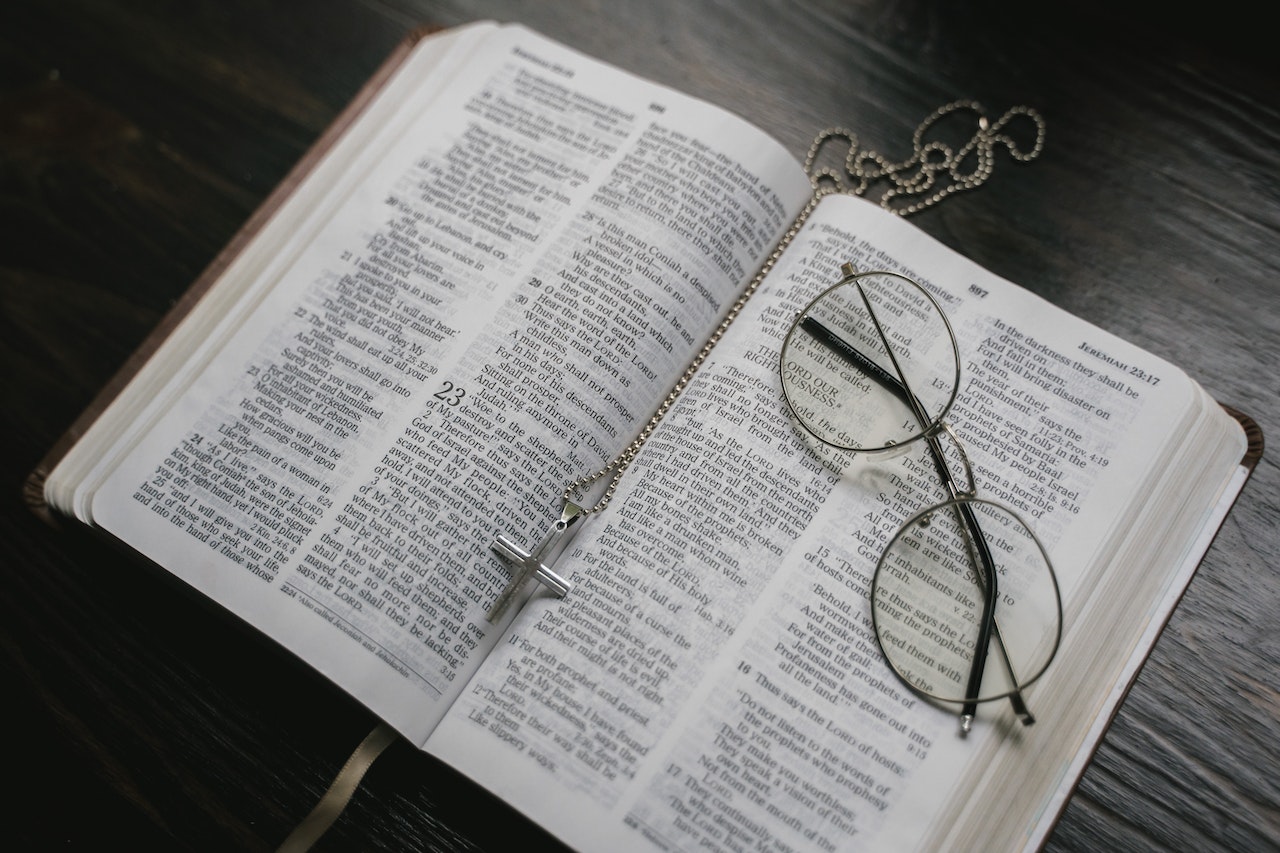Orthodox Jewish hair holds significant cultural and religious importance within the Orthodox Jewish community.
Table of Contents
The Significance of Orthodox Jewish Hair in Religious Observance
Have you ever wondered why Orthodox Jewish women cover their hair? It’s a question that many people have, and today we’re going to explore the significance of Orthodox Jewish hair in religious observance. So, grab a cup of tea and let’s dive in!
In Orthodox Judaism, hair is considered a private and intimate part of a woman’s body. It is believed that a woman’s hair is a source of beauty and sensuality, and therefore should be reserved for her husband’s eyes only. This belief stems from the biblical commandment that states, “A woman shall not wear a man’s garment, nor shall a man put on a woman’s cloak, for whoever does these things is an abomination to the Lord your God.”
To fulfill this commandment, Orthodox Jewish women cover their hair after marriage. This practice is known as “tzniut,” which translates to modesty. By covering their hair, women are symbolically separating their private beauty from the public eye, reserving it solely for their husbands.
There are various ways in which Orthodox Jewish women cover their hair. One common method is by wearing a wig, also known as a “sheitel.” Wigs come in different styles and colors, allowing women to express their individuality while still adhering to the religious requirement. Another option is to wear a scarf or hat, which can be both fashionable and modest.
The significance of Orthodox Jewish hair extends beyond the act of covering it. Hair is also seen as a symbol of fertility and femininity. In Jewish tradition, a woman’s hair is believed to hold spiritual energy and power. It is said that when a woman covers her hair, she is channeling that energy inward, focusing on her role as a wife and mother.
Furthermore, Orthodox Jewish hair is often associated with the concept of “tzniut” in other aspects of a woman’s appearance. Modesty is not limited to hair covering alone but extends to clothing choices as well. Orthodox Jewish women typically dress modestly, wearing skirts that cover their knees and tops that cover their collarbones and elbows. This emphasis on modesty is seen as a way to maintain a sense of dignity and self-respect.
It’s important to note that the practice of covering hair is not limited to Orthodox Judaism. Many other religious and cultural traditions also have similar practices. For example, Muslim women often wear a hijab, which covers their hair and neck. In both cases, the act of covering hair is seen as a way to honor and respect one’s faith.
In conclusion, the significance of Orthodox Jewish hair in religious observance is rooted in the belief of modesty and the separation of private and public beauty. By covering their hair, Orthodox Jewish women are symbolically reserving their beauty for their husbands and focusing on their roles as wives and mothers. This practice is just one aspect of the broader concept of “tzniut” and is seen as a way to maintain dignity and self-respect. So, the next time you see an Orthodox Jewish woman with her hair covered, remember the deep religious significance behind this practice.
Understanding the Cultural and Historical Context of Orthodox Jewish Hair Practices

Have you ever wondered why Orthodox Jewish women cover their hair? It’s a practice that has been followed for centuries and holds deep cultural and historical significance. Understanding the reasons behind this tradition can help us appreciate the rich tapestry of Orthodox Jewish culture.
To truly grasp the significance of Orthodox Jewish hair practices, we need to delve into the cultural and historical context. In Jewish tradition, hair is considered a private and intimate part of a woman’s body. It is seen as a symbol of femininity and sensuality. By covering their hair, Orthodox Jewish women are expressing modesty and preserving their privacy.
The roots of this practice can be traced back to ancient times. In the Bible, there are references to women covering their heads as a sign of modesty and respect. This tradition was further reinforced during the Middle Ages when Jewish communities faced persecution and discrimination. Women would cover their hair to avoid drawing attention to themselves and to maintain their religious identity.
Orthodox Jewish hair practices also have a strong connection to marriage and family life. In Jewish law, a married woman is required to cover her hair as a sign of her commitment to her husband. It is believed that by covering her hair, a woman is reserving her beauty exclusively for her spouse. This practice is seen as a way to strengthen the bond between husband and wife and to promote marital fidelity.
The specific ways in which Orthodox Jewish women cover their hair can vary. Some women choose to wear wigs, known as sheitels, while others opt for scarves or hats. The choice of covering is often influenced by personal preference, cultural norms, and religious teachings. Regardless of the method chosen, the underlying intention remains the same – to maintain modesty and uphold religious values.
It’s important to note that Orthodox Jewish hair practices are not limited to women. Men also have their own traditions when it comes to hair. In Orthodox Jewish communities, men often wear a yarmulke or kippah, a small skullcap, as a sign of reverence and respect for God. This practice is rooted in the belief that there should always be a reminder of God’s presence above them.
In recent years, there has been some debate and discussion within the Orthodox Jewish community regarding hair practices. Some women have chosen to embrace more modern interpretations of modesty, while others adhere strictly to traditional customs. These conversations reflect the ongoing evolution of religious practices and the diversity within the Orthodox Jewish community.
Understanding the cultural and historical context of Orthodox Jewish hair practices allows us to appreciate the depth and significance of this tradition. It is a practice that has been passed down through generations, serving as a symbol of modesty, marital commitment, and religious identity. By respecting and understanding these customs, we can foster greater understanding and appreciation for the rich tapestry of Orthodox Jewish culture.
Exploring the Symbolism and Meaning Behind Orthodox Jewish Hair Coverings
Have you ever wondered why Orthodox Jewish women cover their hair? It’s a question that many people have, and today we’re going to explore the symbolism and meaning behind this practice. So grab a cup of tea and let’s dive in!
In Orthodox Judaism, hair is considered a private and intimate part of a woman’s body. It is seen as something that should be reserved for her husband’s eyes only. This belief stems from the biblical commandment that states, “A woman shall not wear a man’s garment, nor shall a man put on a woman’s cloak, for whoever does these things is an abomination to the Lord your God.” (Deuteronomy 22:5)
To honor this commandment, Orthodox Jewish women cover their hair after marriage. This act is known as “kisui rosh” in Hebrew, which translates to “covering of the head.” There are various ways in which women can cover their hair, including wearing a wig, a scarf, or a hat. The specific method chosen often depends on personal preference and cultural traditions.
The covering of hair holds deep symbolic meaning within the Orthodox Jewish community. It serves as a constant reminder of a woman’s commitment to her marriage and her role as a wife. By covering her hair, a woman is demonstrating her loyalty and devotion to her husband, as well as her dedication to upholding the values and traditions of her faith.
Additionally, the act of covering one’s hair is believed to enhance a woman’s modesty. Modesty is highly valued in Orthodox Judaism, and it is seen as a virtue that should be cultivated and upheld. By covering their hair, women are not only preserving their own modesty but also respecting the modesty of others around them.
Furthermore, the hair covering serves as a symbol of a woman’s connection to her community. In Orthodox Jewish communities, women often wear similar styles of hair coverings, creating a sense of unity and solidarity. This shared practice helps to foster a sense of belonging and reinforces the importance of community values and traditions.
It’s important to note that the practice of covering hair is not limited to Orthodox Jewish women. In many other religious and cultural traditions, women also cover their hair as a sign of modesty and respect. For example, Muslim women often wear hijabs, and some Christian women wear headscarves or veils.
In conclusion, the practice of Orthodox Jewish women covering their hair holds deep symbolic meaning within the community. It is a way for women to demonstrate their commitment to their marriage, uphold the values of modesty, and foster a sense of unity within their community. By understanding the significance behind this practice, we can gain a greater appreciation for the traditions and beliefs of Orthodox Judaism.
The Role of Orthodox Jewish Hair in Preserving Modesty and Identity
Why Orthodox Jewish Hair
Orthodox Jewish women are known for their distinctive hairstyles, which often involve covering their hair with a wig or a scarf. This practice is deeply rooted in the religious beliefs and traditions of Orthodox Judaism. It serves as a way to preserve modesty and maintain a strong sense of identity within the community.
Modesty is a fundamental value in Orthodox Judaism, and it extends to all aspects of life, including appearance. The Torah, the holy book of Judaism, emphasizes the importance of modesty and encourages women to cover their hair after marriage. This practice is seen as a way to maintain privacy and intimacy within the marriage, as well as to prevent any distractions or temptations from the outside world.
Covering the hair also serves as a symbol of a woman’s marital status. In Orthodox Jewish communities, it is customary for married women to cover their hair, while unmarried women are allowed to leave their hair uncovered. This distinction helps to maintain order and respect within the community, as it allows people to easily identify and respect the boundaries of each individual.
Orthodox Jewish women have various options when it comes to covering their hair. Some choose to wear wigs, known as sheitels, which are made from natural hair and are designed to look like real hair. Others prefer to wear scarves or hats, which can be beautifully adorned with intricate designs and patterns. Regardless of the method chosen, the goal remains the same – to maintain modesty and uphold religious traditions.
The decision to cover one’s hair is a personal one, and it is often influenced by family and community traditions. Many Orthodox Jewish women grow up seeing their mothers and grandmothers covering their hair, and they view it as a natural and important part of their identity. It is a way to connect with their ancestors and to carry on the traditions that have been passed down through generations.
In addition to preserving modesty and identity, Orthodox Jewish hair also serves as a source of beauty and creativity. Women often spend time and effort styling their wigs or scarves, experimenting with different colors, textures, and accessories. This allows them to express their individuality and personal style while still adhering to the religious guidelines.
Furthermore, the practice of covering the hair fosters a sense of unity and solidarity among Orthodox Jewish women. When they see another woman with a covered head, they instantly recognize her as a member of their community, someone who shares their values and beliefs. This creates a sense of belonging and support, as they know they are not alone in their commitment to modesty and tradition.
In conclusion, the role of Orthodox Jewish hair in preserving modesty and identity is deeply ingrained in the religious beliefs and traditions of Orthodox Judaism. It serves as a way to maintain privacy, uphold marital status, and express individuality within the community. By covering their hair, Orthodox Jewish women not only adhere to religious guidelines but also create a sense of unity and belonging. It is a practice that is cherished and valued, passed down from generation to generation, and serves as a beautiful symbol of faith and tradition.
Conclusion
The Orthodox Jewish hair is significant due to its religious and cultural importance. It is a symbol of modesty and adherence to Jewish laws and traditions. The way Orthodox Jewish individuals style and cover their hair varies based on their gender and marital status. Overall, Orthodox Jewish hair serves as a visible expression of their faith and commitment to their religious beliefs.
For licensing reasons, we must provide the following notice: This content was created in part with the help of an AI.


